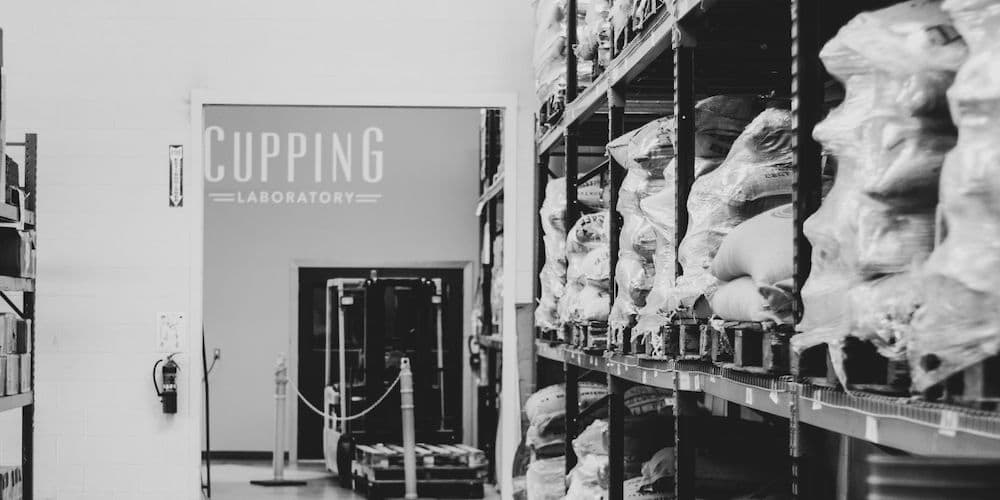Maintaining a clean and hygienic cool room is crucial in food manufacturing to prevent contamination, ensure product safety, and comply with Australian food safety regulations. Regular cleaning not only extends the lifespan of the equipment but also safeguards public health by reducing the risk of foodborne illnesses.
Step-by-Step Cool Room Cleaning Procedure
- Preparation and Safety Measures
- Remove all food products from the cool room to prevent contamination during cleaning.
- Ensure that all cleaning agents are food-safe and suitable for use in cold environments.
- Equip staff with appropriate personal protective equipment (PPE), including gloves and non-slip footwear.
- Initial Cleaning
- Vacuum or sweep the floor to remove loose debris and dust.
- Wipe down walls, shelves, and other surfaces with a mild detergent solution to remove visible dirt and grease.
- Deep Cleaning
- Use a soft-bristle brush or microfiber cloth to clean door seals, ensuring they are free from debris and in good condition.
- Pay special attention to areas prone to moisture accumulation, such as corners and drains, to prevent mold growth.
- Sanitization
- Apply a food-safe sanitizer to all cleaned surfaces, following the manufacturer’s instructions for dilution and contact time.
- Ensure that all surfaces are thoroughly sanitized to eliminate any remaining microorganisms.
- Drying
- Allow all surfaces to air dry completely to prevent the formation of ice due to excess moisture.
- Use a clean, dry cloth to wipe down surfaces if necessary.
Ongoing Maintenance and Monitoring
- Regularly inspect the cool room for signs of wear and tear, such as damaged door seals or faulty temperature controls.
- Monitor the temperature to ensure it remains within the recommended range for the stored products.
- Implement a routine cleaning schedule, including daily, weekly, and monthly tasks, to maintain hygiene standards.
Preventing Common Issues
- Mold Growth: Prevent mold by ensuring proper ventilation, sealing door gaps, and avoiding the storage of paper or cardboard, which can absorb moisture.
- Condensation: Minimize condensation by maintaining consistent internal temperatures and promptly addressing any door seal issues.
- Spoiled Products: Regularly check for and remove expired or spoiled items to prevent bacterial growth and cross-contamination.







